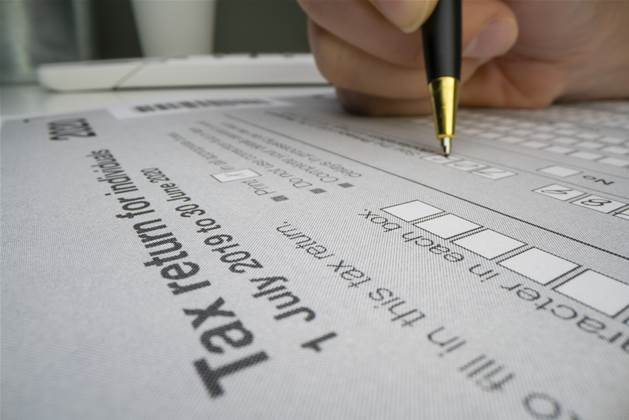The Australian Taxation Office (ATO) is exploring the use of artificial intelligence to assist its 800 core developers with addressing common programming issues.

The proposed AI coding assistant will offer features such as code suggestions, bug fixes, automated test case and script generation, and the ability to refactor codebases across multiple technologies.
According to a request for tender, the tool is intended to free up developers to “focus on higher value work” such as test case planning, application security controls and maintaining existing technologies.
“The ATO has a complex, multi-technology IT delivery environment, supporting over 800 core developers, spanning multiple technologies,” the agency noted in a statement of requirements.
Specifically, the ATO is seeking a software-as-a-service solution that integrates with Microsoft’s development environments, Visual Studio 2019 and 2022, alongside code editor Visual Studio Code.
It must also integrate with the agency’s Azure DevOps and Git repositories, and handle translating legacy code - like COBOL - into modern languages.
A key security consideration highlighted in the tender is that any code processed by the AI won’t be stored or used to train the model, addressing privacy and compliance concerns.
The push to adopt AI in software development follows broader efforts across the ATO to embed artificial intelligence into its operations.
The agency has identified five enterprise-level use cases for AI, including fraud detection, client risk profiling and document understanding.
At the recent AI Innovation Showcase in Canberra, ATO assistant commissioner for data science Ying Yang detailed how the agency is trialling large multimodal AI models to assist in auditing taxpayer-submitted documents.
Yang outlined the ATO’s internal framework for classifying AI capability into three tiers: scaled machine learning, augmentation, and intelligent automation.
She described scaled machine learning as systems that “mimic” human instruction, similar to a student learning from a teacher.
The next level, augmentation, encompasses generative AI and moves into self-learning and development.
“Humans and AI become peers, and they contribute to each other from their own strengths,” Yang said.
The final tier, intelligent automation, involves AI expanding beyond procedural tasks to support judgment, creativity, and interpersonal interaction, according to Yang’s accompanying PowerPoint presentation.


.png&h=140&w=231&c=1&s=0)
.png&h=140&w=231&c=1&s=0)
_(5).jpg&h=140&w=231&c=1&s=0)






 Digital NSW 2025 Showcase
Digital NSW 2025 Showcase












_(1).jpg&h=140&w=231&c=1&s=0)



